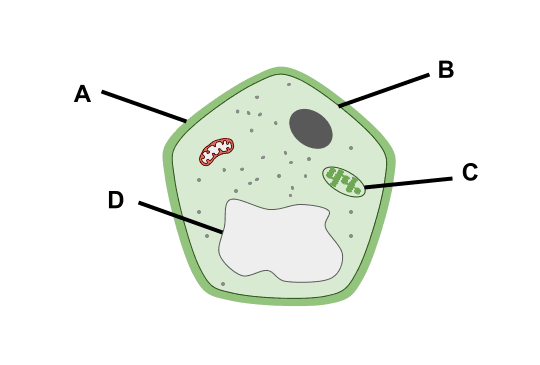Plant defences, and identifying plant diseases
I can describe physical, chemical and mechanical plant defences against pathogens and pests, and can describe ways in which plant diseases can be identified.
Plant defences, and identifying plant diseases
I can describe physical, chemical and mechanical plant defences against pathogens and pests, and can describe ways in which plant diseases can be identified.
These resources will be removed by end of Summer Term 2025.
Lesson details
Key learning points
- Plants can be infected by pathogens such as viruses, bacteria and fungi that cause diseases.
- Pests, including insects, can damage plants by feeding on them, and can spread pathogens that cause diseases.
- Plants have physical, chemical and mechanical defences against pathogens.
- Examples of physical, chemical and mechanical defences in plants.
- Ways to identify plant diseases and the pathogens that cause them.
Keywords
Waxy cuticle - Waterproof coating on the surface of a leaf.
Cell wall - Structure made of cellulose that surrounds plant cells.
Antimicrobial - A substance that kills microorganisms or stops their growth.
Microscopy - Use of a microscope to observe a specimen such as a microorganism.
Antibody - Protein produced by white blood cells against a specific pathogen.
Common misconception
Plants have no defence against pests or pathogens.
Plants have physical, chemical and mechanical defences against pathogens.
To help you plan your year 11 biology lesson on: Plant defences, and identifying plant diseases, download all teaching resources for free and adapt to suit your pupils' needs...
To help you plan your year 11 biology lesson on: Plant defences, and identifying plant diseases, download all teaching resources for free and adapt to suit your pupils' needs.
The starter quiz will activate and check your pupils' prior knowledge, with versions available both with and without answers in PDF format.
We use learning cycles to break down learning into key concepts or ideas linked to the learning outcome. Each learning cycle features explanations with checks for understanding and practice tasks with feedback. All of this is found in our slide decks, ready for you to download and edit. The practice tasks are also available as printable worksheets and some lessons have additional materials with extra material you might need for teaching the lesson.
The assessment exit quiz will test your pupils' understanding of the key learning points.
Our video is a tool for planning, showing how other teachers might teach the lesson, offering helpful tips, modelled explanations and inspiration for your own delivery in the classroom. Plus, you can set it as homework or revision for pupils and keep their learning on track by sharing an online pupil version of this lesson.
Explore more key stage 4 biology lessons from the Defences against pathogens, the human immune system and vaccination unit, dive into the full secondary biology curriculum, or learn more about lesson planning.

Equipment
None required.
Licence
Starter quiz
6 Questions


cell wall
cell membrane
chloroplast
vacuole

Exit quiz
6 Questions
virus
bacteria
fungus



